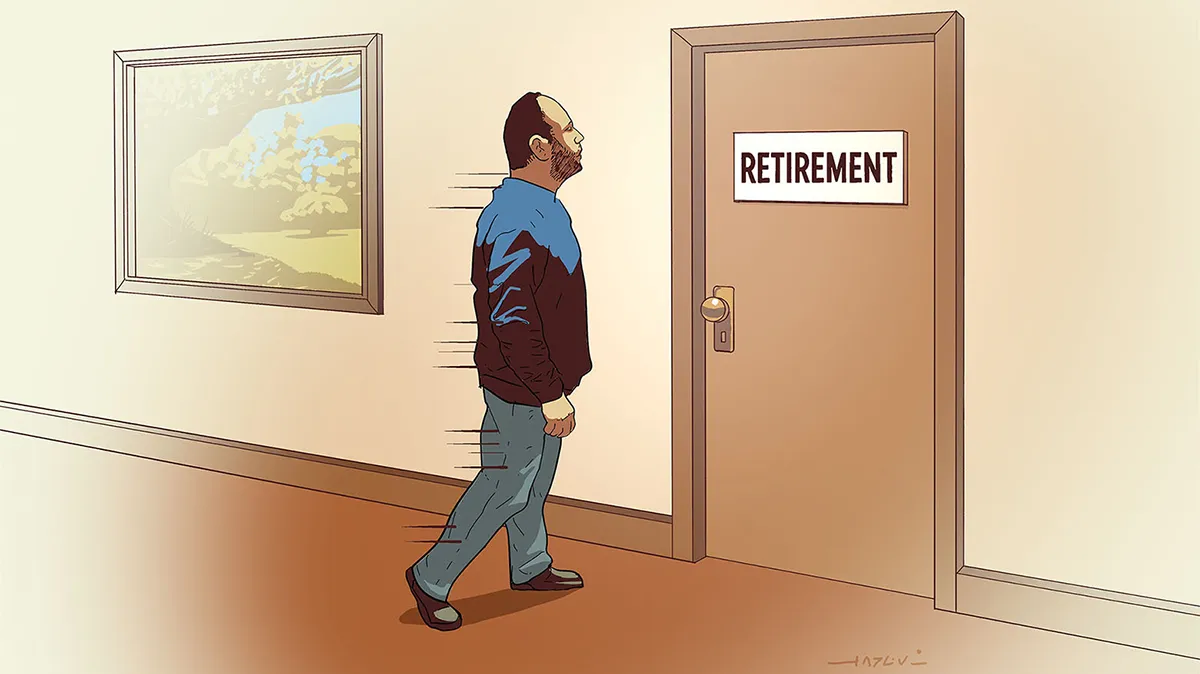Recently my firm replaced all of our short-term bond exchange-traded funds with U.S. Treasury bills. The core motive for this decision was not to pick up a few points of extra yield, though that’s a nice bonus. We sold these ETFs because we were concerned about the low-probability but still possible risk mismatch in liquidity between the ETF and the securities it holds, in the event of a (not-low-probability) panic sell-off in the market.
Our problem with the ETFs concerned liquidity. Liquidity is measured on two dimensions, time and price — it is the degree to which an asset can be bought or sold without impacting its price. For instance, a house is not really a liquid asset. If you want to sell it fast you might have to lower the price significantly to find buyers. On the other hand, stocks of large companies and U.S. Treasury bills are incredibly liquid.
Yet this definition of liquidity is not complete. Liquidity of an asset may or may not be constant — it can change from one environment to another. Today, in a benign economic and market environment, many assets provide a false sense of liquidity. But this may change on a dime when this artificially created calm gets roiled.
Short-term corporate bonds are fairly liquid assets, but they may prove to be less liquid than the ETFs that buy them. During a market scare, if investors were to sell ETFs at several times daily volume, the ETFs in turn would be forced to go out and sell bonds they hold. Supply might temporarily exceed demand, and thus the prices of bonds would drop.
This would cause: (a) price of ETFs to decline — creating losses for exiting (selling) ETF holders; (b) permanent losses for remaining ETF holders, or (c) both a and b. Something similar happened during the 2008 financial crisis to action-rate securities — they were extremely liquid until they were not. It took investors years to get their money back.
We don’t know what will happen. But we used high-quality bond ETFs as a cash substitute and relied on their continuous liquidity, which might or might not have been there when we needed it most. And finally, since our cash position is extremely high today, we cannot afford to put it at risk of even low-probability events. Treasury bills are the safest securities in existence today, and they are yielding 2%, so we gain safety and increase yield at the same time.
As a side note, since we are on the topic of ETFs, today investors look at ETFs as a panacea and a way to get around active management. They feel secure holding them because they feel diversified. But as investors who owned VIX ETFs recently discovered when they declined 80% in a few days and never came back, not all ETFs are created equal. Investors in all those “diversified” index funds (be it ETFs or just plain-vanilla funds) may discover that when you own a diversified basket of assets that are uniformly overvalued, as today’s market is, the diversification is not actually there to protect them.
Junk bonds were all the rage in 1980s, and then they became a dirty word. Technology and dot-com stocks got the same treatment in the late 1990s, and you know how that story played out. ETFs are likely going down that road as well. As Seneca put it, “Time will discover the truth.”









0 comments
0